Search
Remove Ads
Advertisement
Summary 
Loading AI-generated summary based on World History Encyclopedia articles ...
Search Results
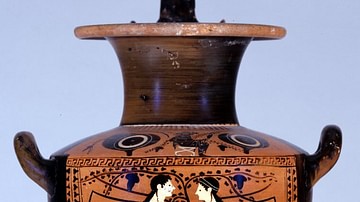
Definition
Ancient Greek Pottery
Greek pottery has four main types: Geometric, Corinthian, Athenian Black-figure, and Athenian red-figure pottery. Pottery vessels were made for everyday use such as the two-handled amphora for storage, the single-stem kylix cup for drinking...
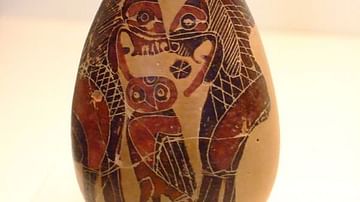
Article
A Visual Glossary of Greek Pottery
Alabastron (pl. alabastra) - a small jar for storing perfumes, named after the material (alabaster) the first examples were made from. They were often carried by a string looped around the neck of the vessel. Amphora (pl. amphorae) - one...
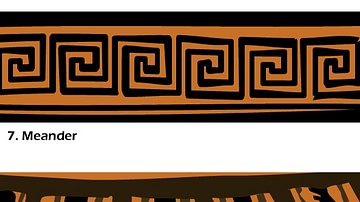
Image
Greek Pottery Ornaments
Ten of the most common decorative ornaments used in ancient Greek pottery. These were used principally on the outer edges of the pottery wares and also on the neck, foot and around handles.
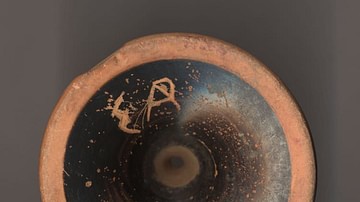
Image
Greek Pottery Graffito
The base of a cup which shows graffito - an incised mark, usually in the form of letters or numbers but also sometimes words and phrases. When such marks are painted they are called dipinto. The marks may indicate prices, trademarks and ownership...
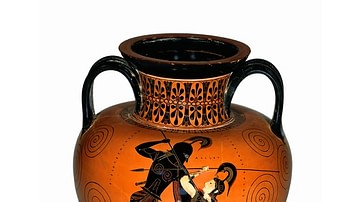
Definition
Pottery in Antiquity
Pottery is the first synthetic material ever created by humans. The term refers to objects made of clay that have been fashioned into the desired shape, dried, and either fired or baked to fix their form. Due to its abundance and durability...

Video
Ancient Greek Pottery: History, Development and Designs
Ancient Greek pottery was for practical use, so once physical shapes of different types of pottery had been perfected for a particular purpose, the shape was maintained and copied. Greek pottery was crafted in a bunch of different shapes...

Definition
Black Figure Pottery
Black figure pottery is a type of Greek pottery named after the colour of the scenes painted on vessels. It was first produced in Corinth c. 700 BCE and then adopted by pottery painters in Attica, where it would become the dominant decorative...
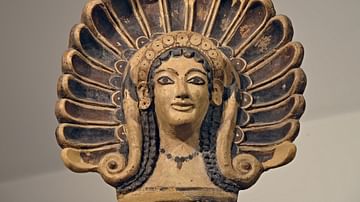
Definition
Etruscan Pottery
Etruscan pottery, produced over five centuries, was nothing if not varied. Indigenous wares such as the glossy black bucchero were made alongside red- and black-figure pottery imitating, yet modifying those produced in the Greek world. Geometric...

Video
The Artist Project: Greek Pottery - Deborah Kass
Deborah Kass on Athenian vases "I think I'm looking at cartoons of another time that I can't decipher anymore." The Artist Project is a 2015 online series in which we give artists an opportunity to respond to our encyclopedic collection...
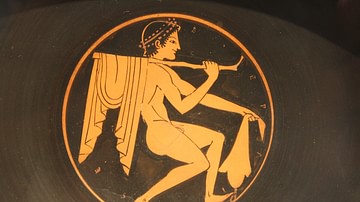
Definition
Red-Figure Pottery
Red-figure Pottery is a style of Greek vase painting invented in Athens c. 530 BCE. The style has drawn red figures and a painted black background. Red-Figure Pottery grew in popularity, and by the early 5th century BCE it had all but replaced...